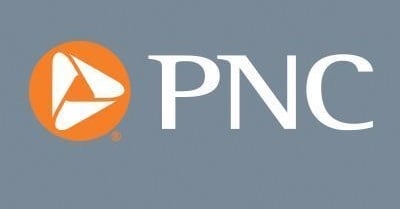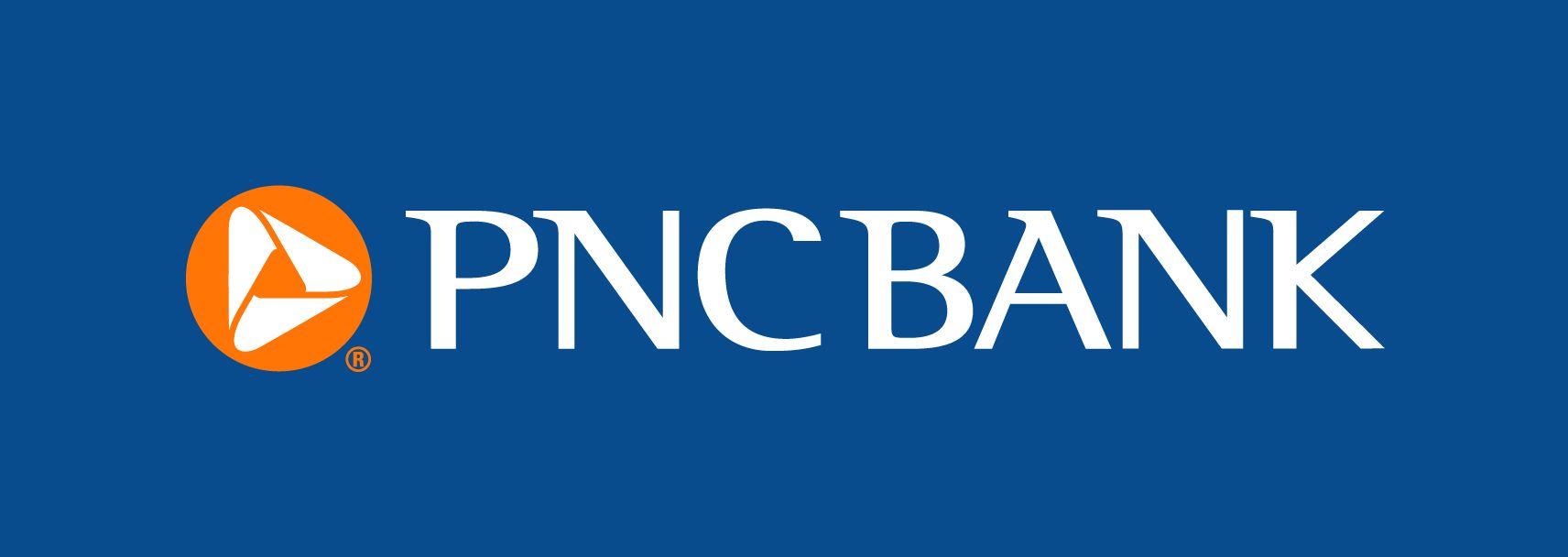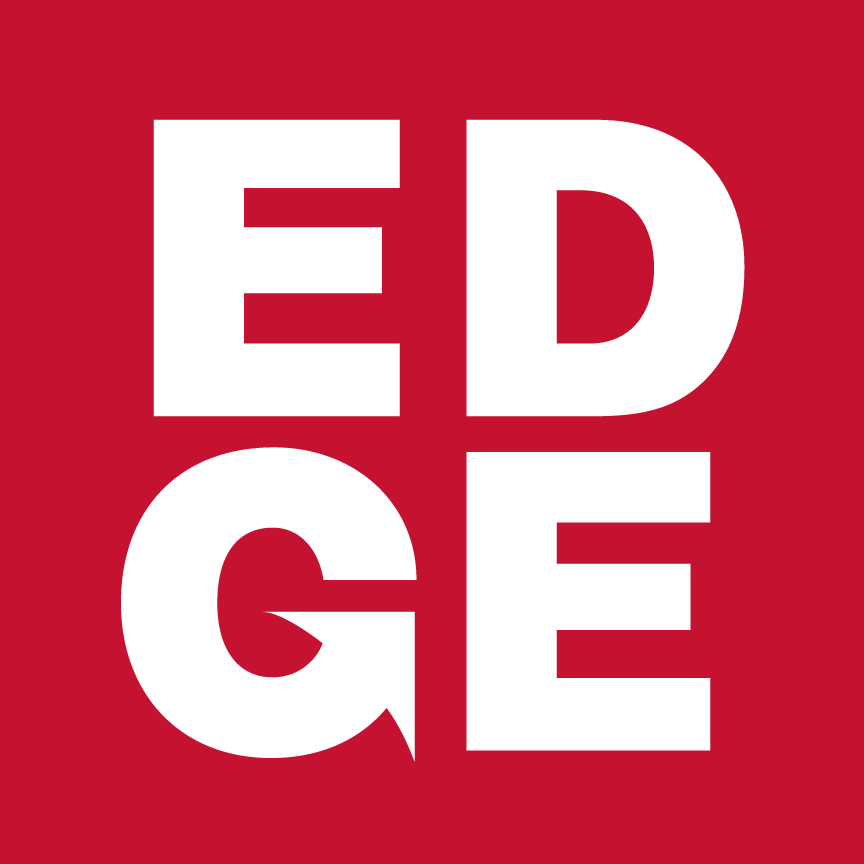
Ahead of Expiration of Pandemic Programs
- Initial claims for unemployment insurance fell in the week ending August 28, and have been moving lower for the past few weeks.
- The total number of UI beneficiaries rose in the week ending August 14.
- PNC expects job growth of 585,000 in August, with the unemployment rate falling to 5.3%.
- Millions of Americans will lose their unemployment insurance benefits later this week, and millions more will see their benefits decline.
Initial claims for unemployment insurance fell by 14,000 in the week ending August 28, to 340,0000, the fifth decline in the last six weeks. The four-week moving average of claims fell by 11,750 to 355,000 over the same period. These are both the lowest levels of claims since March 2020, as the pandemic was getting underway in the United States. However, initial claims are still well above their pre-pandemic level of around 200,000. Claims for the week of August 21 were revised slightly higher, to 354,000 from 353,000.
After stabilizing at around 400,000 per week from the late spring to early summer, initial claims for unemployment insurance have moved slowly but steadily lower in August as the labor market continues to improve. Initial claims jumped from 200,000 per week in early 2020 to more than 6 million in April of last year as the pandemic came to the U.S. They then fell quickly to around 900,000 per week by early August 2020, then stabilized at between 700,000 and 900,000 between August 2020 and March 2021. This spring claims fell gradually but steadily to around 400,000 per week.
Initial claims under the Pandemic Unemployment Assistance program were 102,000 in the week ending August 28, down from 116,000 in the previous week (not seasonally adjusted). Initial PUA claims have been bouncing around at slightly above 100,000 during the summer, even as some states have ended participation in the program.
There were a total of 12.186 million people receiving some form of unemployment insurance in the week ending August 14, up by 179,000 from 12.007 million in the previous week. Most of those are receiving benefits under special pandemic-related programs. Total beneficiaries have been around 12 million since mid-July. This is many times the approximately 2 million weekly continued claims in early 2020, before the pandemic. Total continued claims peaked at 33.2 million in June 2020.
There were 2.748 million people receiving benefits under regular state unemployment insurance programs in the week ending August 21, down 160,000 from the previous week (revised higher by 46,000 to 2.908 million). This is the lowest level for continued claims since March 2020, before the pandemic, and down from a peak of more than 23 million in May 2020. But continued claims are well above their pre-recession level of around 1.7 million, and the pace of improvement has slowed in 2021. With most people receiving benefits via pandemic-related programs, regular state continued claims have become less important as a labor market indicator.
Initial claims for unemployment insurance are moving noticeably lower in August as the labor market continues to improve even as the delta variant remains a concern. With claims continuing to decline, PNC expects job growth of 585,000 in August, down from an increase of 843,000 in July. Much of the August slowing in job growth will come from the public sector, as many school districts have delayed the start of the school year because of the pandemic. PNC forecasts that the unemployment rate fell to 5.3% in August, from 5.4% in July and 5.9% in June.
Although the job market is improving, the U.S. labor market still has a long way to go before it is back to normal. Layoffs remain well above their pre-pandemic level, and many millions of people who lost their jobs during the pandemic remain unemployed. The economy will add around 700,000 jobs per month through the rest of this year, with employment surpassing its pre-recession peak in the spring of 2022. The unemployment rate, which fell from 5.9% in June to 5.4% in July, will end this year below 5%, and next year at around 4%.
The biggest question mark is what happens to the labor market, and consumer spending, as pandemic-related unemployment insurance programs expire on September 5. These programs made benefits available for a longer period of time than usual; increased eligibility by providing benefits to the self-employed, gig workers, and independent contractors; and increased the level of benefits. As a result millions of people will lose their benefits in a few days, and those still receiving benefits will experience a decline in UI income. Many states have been ending their programs over the past few months, with little apparent impact on job-seeking behavior or consumer spending. But the national expiration could have broader effects. One thing it may do is spur more job-seeking activity, which should allow for continued strong job growth through the rest of this year and into 2022.
# # #
The PNC Financial Services Group, Inc. is one of the largest diversified financial services institutions in the United States, organized around its customers and communities for strong relationships and local delivery of retail and business banking including a full range of lending products; specialized services for corporations and government entities, including corporate banking, real estate finance and asset-based lending; wealth management and asset management. For information about PNC, visit www.pnc.com.









